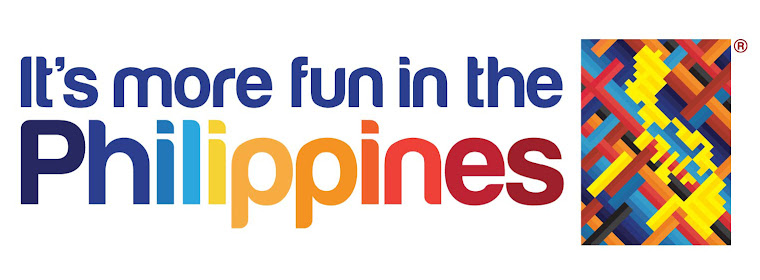Beginning a Customer Experience Measurement Program is definitely a worthwhile investment to be able to efficiently and effectively improve your brand’s customer service experience. Engaging in Customer Experience Measurement (CEM) is undertaking an important process improvement, and the last thing you want is to waste this opportunity. For the uninitiated, there ARE ways to do so.
A Customer Experience Measurement Program is an excellent way to ensure your customers are having a delightful experience, but there are some pitfalls that you need to be aware of to avoid crashing and burning a good investment.
PITFALL #1: Having a Questionable Questionnaire
Your questionnaire is the metric the Customer Experience Advocates (CEAs) will be basing their evaluation on when they visit and assess a customer environment. Since this plays such an integral role to CEM, each item needs to be properly thought through. Here are 3 guidelines you should keep in mind:
- Revisit your own standards – Your customer service standards (as trained to your employees) should serve as the basis for creating the parameters of your questionnaire. One cannot fault a front-liner for not following a standard he or she was never trained to do or know. At the same time, this would be a good time to ask the hard-hitting questions like Are all of these standards realistic? Are they enforced? Are any of them no longer relevant? What delights my customer? What irritates them?
- Make sure that what you WANT to measure NEEDS to be measured – You want the CEAs to be operating along the lines of a typical visit and act like auditors aside from being customers. They should spend an amount of time in the establishment that is similar or close to the time they would’ve spent if they just went there as a regular customer. Hence, parameters like those that ask them to count the number of light bulbs in the store should be avoided unless absolutely necessary to the objectives of the study.
- Have clear rating scales – You want to be very specific about the things you want measured. Stay away from rating scales like VERY BAD, BAD… GOOD, VERY GOOD since the difference between GOOD and VERY GOOD is relative. Use rating scales that are very specific such as:
Select the highest rating that meets all the criteria:
5 – Staff was friendly, made eye contact, asked/used your name to address you, and engaged you in a small talk.
4 – Staff was friendly and made eye contact but did not speak to you beyond taking your order.
3 – Staff did not make eye contact or did not smile.
2 –Staff was distracted and not focused on taking your order.
1 – Staff appeared irritated or was abrasive.
4 – Staff was friendly and made eye contact but did not speak to you beyond taking your order.
3 – Staff did not make eye contact or did not smile.
2 –Staff was distracted and not focused on taking your order.
1 – Staff appeared irritated or was abrasive.
- Make sure qualitative data is captured – Give spaces in the questionnaire for CEAs to answer questions in their own words, especially about their impressions of the customer touchpoint. This will paint an overall picture and give some context for the quantitative data collected.
PITFALL #2: Being Price-Oriented More Than Results-Oriented When Selecting a Customer Experience Measurement Program
Always keep in mind that CEM is an investment that will enable you to give your customers a memorable and pleasant experience that will lead to the growth of your business. If you tend to keep cutting corners in CEM, you will most likely not get the effect that you want.
Be sure to work closely with your CEM Agency to come up with a package that will get the job done without compromising the quality of your study. The last thing you want is to save a handful but lose the entire value of the investment in doing so. Ask yourself these questions: Do they just collect compliance information(such as “is the staff wearing a nametag? Yes/No”)? How do they assess the customer’s general level of satisfaction? How are results presented? Are recommendations made? Is support given to help you implement the recommendations? What kind of support?
PITFALL #3: Tackling The Results and Not The Problem
If you want to know the truth, make sure you can HANDLE the truth. When the results and assessments are out, be sure that you and your teams greet them with an open mind and not be defensive. Reassure them that this is not a blame game but rather an opportunity to identify what can and needs to be improved on in order to grow the business. No one should feel attacked during the results presentation as defensive employees are not in the proper mindset to make improvements.
A good customer experience measurement program is implemented by an agency with years of experience helping their clients deal with these issues. They should provide you with guidelines and support to help you prepare the team. With everyone in the proper mindset, you will be on your way to making your CEM investment pay off with increased traffic, stronger brand loyalty, and positive word-of-mouth sentiments.
Michelle :)




